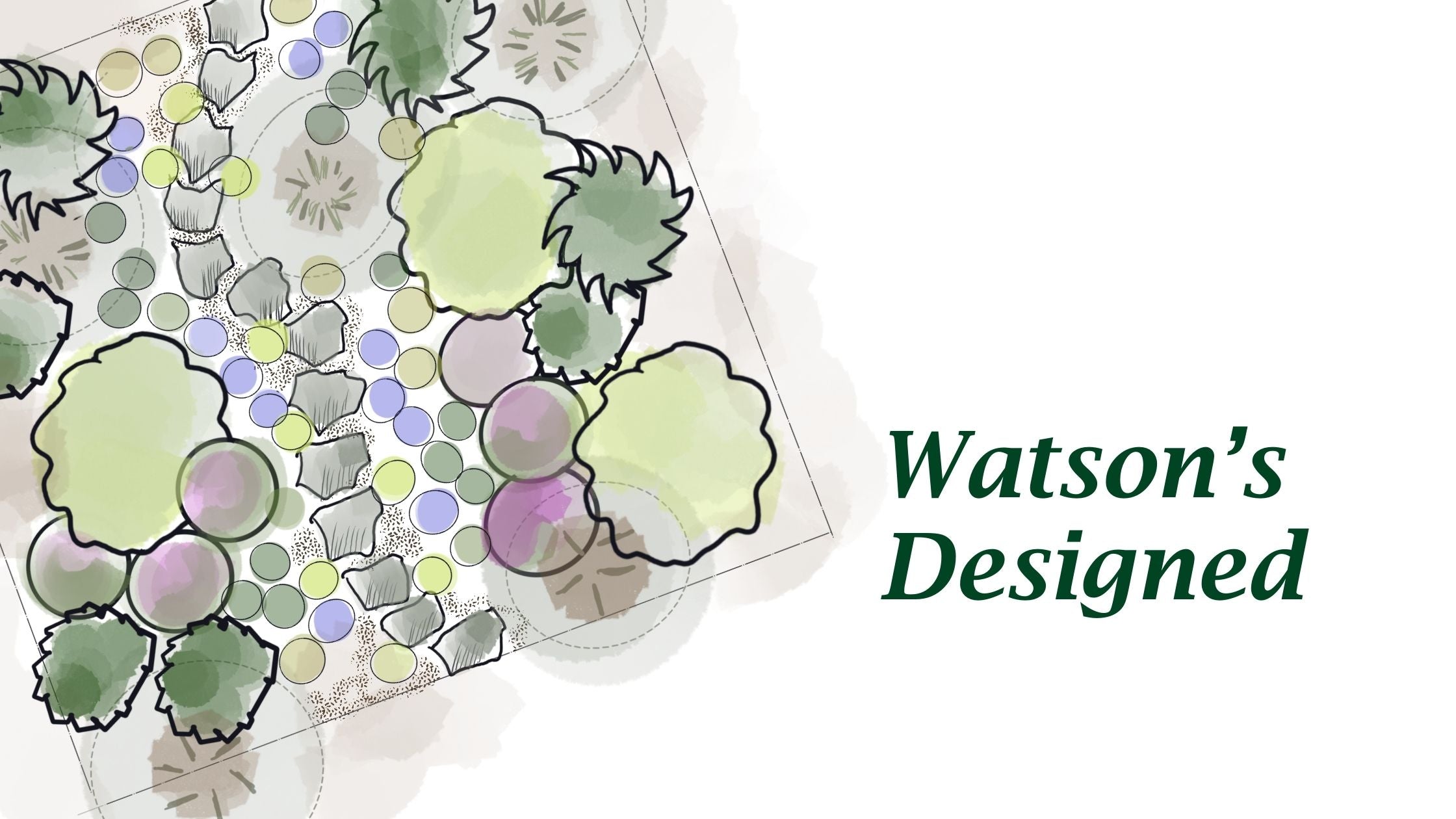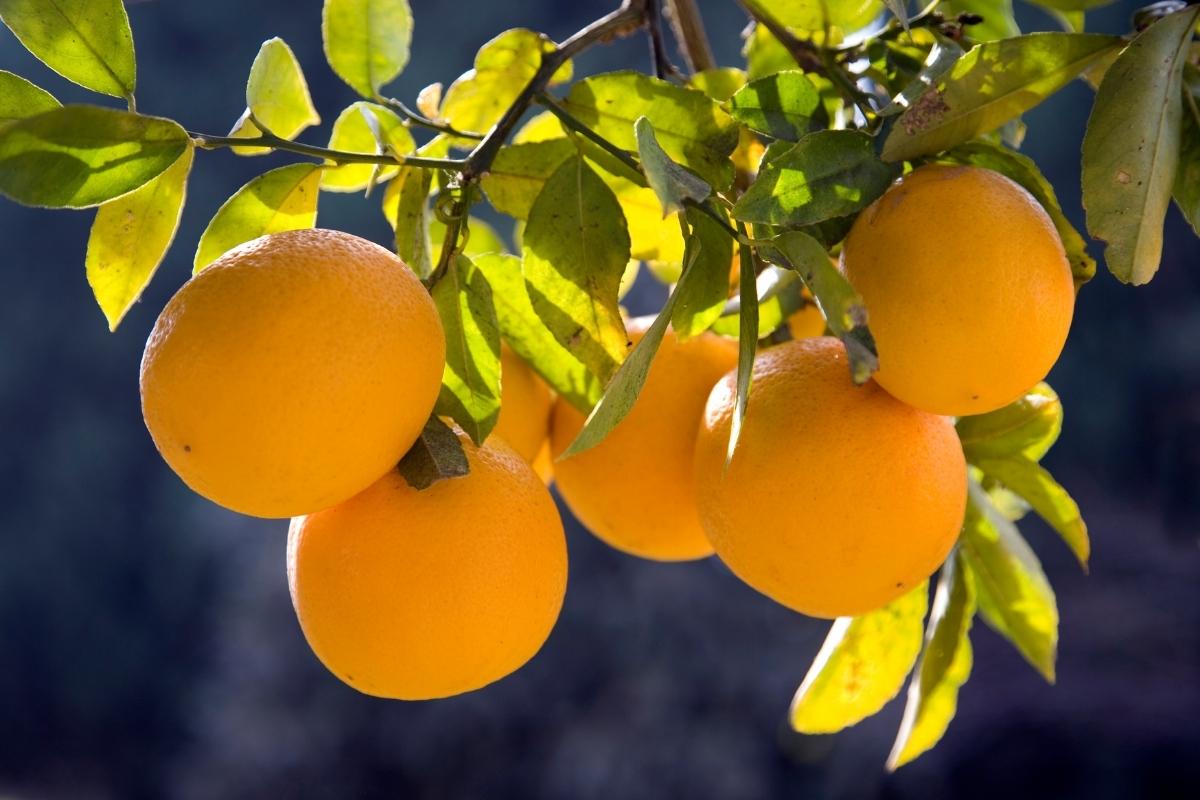Basic Rose Care and Maitenance
Basic Rose Care and Maintenance
Rose Selection and Rose Categories
- Hybrid Tea – Classic high centered rose with long-lasting blooms typically one bloom to a stem. Excellent for cutting. 4’ to 5’ high.
- Grandiflora – A cross between a hybrid tea and a floribunda. Medium to large flowers in clusters on multi-branched stems. Plants are usually tall and good for background use.
- Floribunda – A cross between a hybrid tea and a polyantha. Flowers are borne in clusters on a single stem. Bushes are low to medium in height. Good for areas requiring mass colors.
- Climber – Medium to large flowers singly or in clusters. Plants have long canes that can be trained vertically or horizontally on a trellis or fence.
- David Austin (English Rose) – Combines the form and fragrance of old garden roses with the repeat bloom of modern roses.
- Antique – Cherished for generations for their tremendous vigor, antiques are grown on their own roots. They have great fragrance and old fashion charm. Some varieties are not repeat bloomers.
- Rugosa – Group of shrub roses noted for beautiful disease resistant foliage, colorful hips (fruit) and winter hardiness.
- Shrub – A diverse category of plants including new hybrids and historic roses on multiple stemmed bushes. Can be used singly as specimens or grouped in mass.
- Miniature – Miniature is in every sense of the word with stems, leaves and flowers all being petite versions of a full sized rose.
- Ground Cover – Generally vigorous roses that grow more horizontally than upright; when planted in groups, produce a good landscape effect.
Other Selection Considerations:
- Color - The color options are endless. Consider both your outdoor and indoor environment, if you are planning on using your roses in arrangements.
- Fragrance - Roses are offered in a variety of fragrances and combinations from mild to strong.
- Disease resistance - Most newer rose varieties give some protection against common rose diseases. A rose with a high disease resistance is great for the beginning rose grower.
Site Selection Considerations
- Sunshine requirements - All roses thrive in full direct sunlight. There are a select few that will perform in a partial sun, such as select English roses.
- Drainage – If not well drained, amend soil with sand, compost and top soil
- Soil pH – Should be around 6.0 (slightly alkaline), use dolomite lime to reduce acidity. Acid soils will be in the 4.0-5.0 range. Note Rhodies and roses like different pH levels.
- Hole size – deep and wide; 1 and 1 ½ to 2 times the width of your pot or 18 inches deep and 18 inches wide
- For miniatures adjust accordingly
- Spacing is really important for air circulation (lessens the chance for disease issues down the road) A spacing of at least 3' is recommended.
- Label and map your plantings - Roses come with both a picture label and a small name tag. Its a great idea to save one or both of these tags and make a key to your rose plantings. (Especially for those with large numbers of roses)
Food and Water Considerations
- Use a fertilizer mix that has ideal parts of Nitrogen, Phosphorous and Potassium. EB Stone Rose Food which is NPK 5-6-3
- Feeding schedules - Roses like regular feedings throughout the growing season. Start the first feed when new leaves emerge, then again in June (or after the first blooming cycle.) If needed, a third application can be made no later than mid-August.
- Watering schedules - Watering depends on the season & amount of rainfall. Pay close attention in mid to late spring, if we have any prolonged dry spells & keep roses watered in the drier summer months. Newly planted roses may need to be watered regularly (2-3 times a week) in late spring through summer. Roses also like to be watered close to the base of the plant.
Disease and Pest Control
- Common pests - Aphids & caterpillars. Have a insecticide on hand so you can spray when you see them.
- Common diseases - rust, black spot & powdery mildew are common rose diseases. There are lots of good varieties that are resistant to common rose problems. Good water, pruning and fertilizing practices will go a long way to combat disease. If roses start to exhibit signs of disease, spray with a rose fungicide.
- Clean up beds - Its good to get into the habit of, keeping your rose beds clean of fallen debris, and weeds. Fallen rose debris, infected with disease will harbor in the soil and pop up next year.
Pruning
- Timing - In the Pacific Northwest pruning should be done in late February or Early March, to avoid any late cold weather.
- Cut back stems by one third of your plant. Make you pruning cuts angled down and into the middle of your rose shrub.
- Be selective about where you are pruning your rose can, rose buds have started to emerge. You can choose a bud that is facing outward, promoting good air flow in at the center of the plant.
- Remove any dead, dying, damaged and diseased stems
- Remove any foliage that remains
- Climbers and ramblers are pruned to create good coverage and structure. Remove parts of the plant to encourage fresh new growth and plenty of blooms



